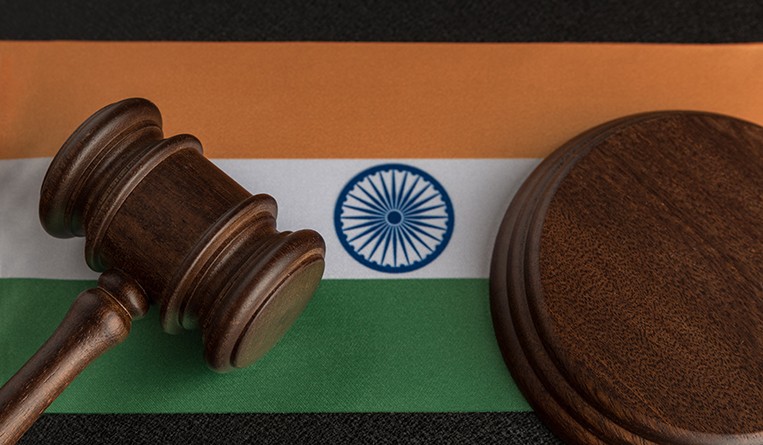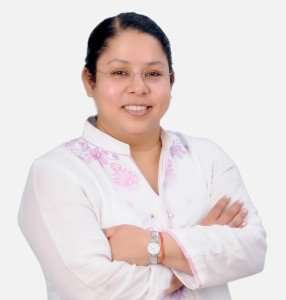Identifying the scope of patent claims still remains mystified
30 April 2024

Since the abolition of Intellectual Property Appellate Board (IPAB) in April 2021, High Courts with whom the jurisdiction for appeals against the decisions of the Controller of Patents lies have delivered several judgments that are helping in the evolution of IP jurisprudence in India. A recent judgment from the Madras High Court in the case of Techpolymers Industria E Comercio LTDA v. Controller of Patents and Designs, while deciding an appeal against the Controller’s order rejecting a patent application under Sections 2(1)(ja) and 59(1) of the Patents Act, has demonstrated adoption of a simplified approach to adjudicate the matter.
The court, for deciding the rejection based on Section 2(1)(ja), has opined that the Controller has not considered the explanations advanced by the appellant and is thus short of his responsibility and, therefore, rejection founded on the ground of Section 2(1)(ja) fails. While deciding the rejection based on Section 59(1), the Court has opined that the Controller has focused more on English and the words used therein and has not focused on the specifications regarding the invention, thus resulting in a pronounced failure of grounds under Section 59(1).
Akin to most patent matters, the scope of claims is a central pivot in adjudicating the question of Section 59(1) of the Patents Acts, and the court seems to have oversimplified the effect on the scope of claims upon amendments adopted to overcome objections of non-patentable subject matter.
Section 59(1) of the Patents Acts states that “No amendment of an application for a patent or a complete specification or any document relating thereto shall be made except by way of disclaimer, correction or explanation, and no amendment thereof shall be allowed, except for the purpose of incorporation of fact, and no amendment of a complete specification shall be allowed, the effect of which would be that the specification as amended would claim or describe matter not in substance disclosed or shown in the specification before the amendment, or that any claim of the specification as amended would not fall wholly within the scope of a claim of the specification before the amendment.”
It is well-established that the language of claims defines the metes and bounds of the scope of protection and should essentially be given a technical reading and meaning. Patent Law by P. Narayanan states that “The words of the claims (when themselves correctly construed) provide the prima facie boundary of protection.”
In Vifor International Ltd v. Dr Reddy’s Laboratories Limited, [2024: DHC: FAO(OS) (COMM) 159/2023 & CM APPL. 39177/2023], the court has set aside its single bench judgment and has drawn and acknowledged the existence of a distinction between the expression “obtained by” and “obtainable by” language embodied in the claim, which is a product by process claim to infer the difference in scope of protection afforded by different claim language and decide upon infringement of protected subject matter.
In contrast, the court, in its judgment in Allergan Inc v. The Controller of Patents [2023:DHC:000515, C.A.(COMM.IPD-PAT)22/2021], in relation to Section 59(1), has emphasized a purposive interpretation of provisions. Using a much-liberalized approach to determine the scope of claims, the court held that the claim amendments from “a method for treating an ocular condition” claim to “an intracameral implant” (product) are permissible, which as per literal interpretations of Section 59(1) were identified to be non-permissible by the Controller.
Taking cues from Allergan, the court in the Techpolymers case said that “When this Court carefully read both the original claim as well as the amended claim, all it finds is that the original claim uses the word ‘use of lubricated polyamide’ whereas, the amended claim conveys the idea that it relates to method of using the same substance.” The court further said that “the Controller to understand that beyond the choice of words which an applicant for patent may consider appropriate, it has to look into the substance of the claim. Section 59 is not intended to be used for the wrong understanding of the language employed by an applicant, since an applicant will also be a person of science and long of language.”
Looking into the substance of the invention, the court could not find anything therein that may indicate that the amended claim has a scope different from the scope of the original claim, despite that the original claim recited “Use of a lubricated polyamide for the preparation of articles by injection moulding, characterized in that: the polyamide is a polyamide of type 6 or 66 and has a viscosity index”, which merely recites a use without any active, positive steps delimiting how this use is practised, is changed to recite “a method of preparing an article, the method comprising injection moulding the article using a lubricated polyamide wherein”, which encompass a method of preparation of an article by reciting an active, positive step, i.e. injection moulding.
Emerging jurisprudence in India has thus clearly expanded the flexibility of claim amendments that the applicants may adopt under Section 59(1) of the Patents Act to deal with circumstances arising before them due to various reasons during the prosecution of a patent application. Nonetheless, a critical thought to ponder upon is whether the evolving jurisprudence is propagating a position where different parameters for evaluating the scope of claims are applied when adjudicating on different issues under different provisions of the act, viz., a different approach when the scope of the claim is to be identified for adjudicating on the issue of Section 59 and a different approach when the scope of the claim is to be identified for adjudicating on infringement issues. Does this mean that different provisions of the act require different perspectives to evaluate the same concept?
To summarize, linguistic simplification may be applied to decipher the true technical meaning of a claim while adjudicating on issues requiring identification of scope, but with a caution that applied linguistic simplification does not alter the scope of the claim, which is the central pivot to decide the contention.









